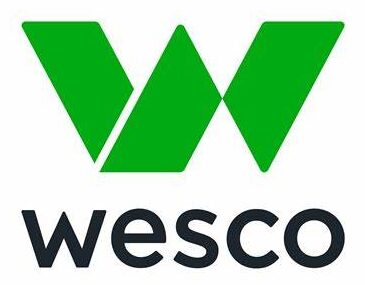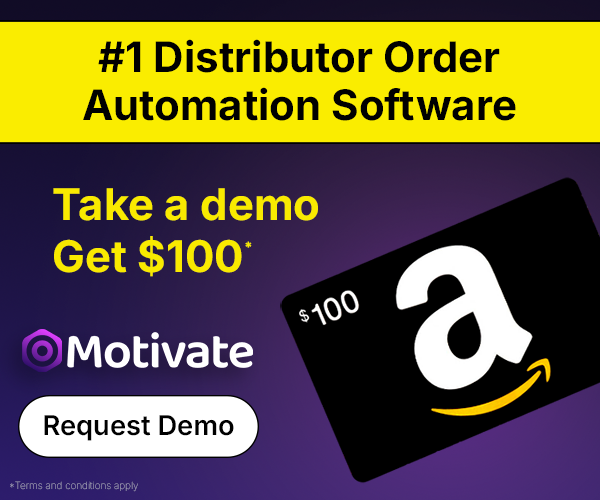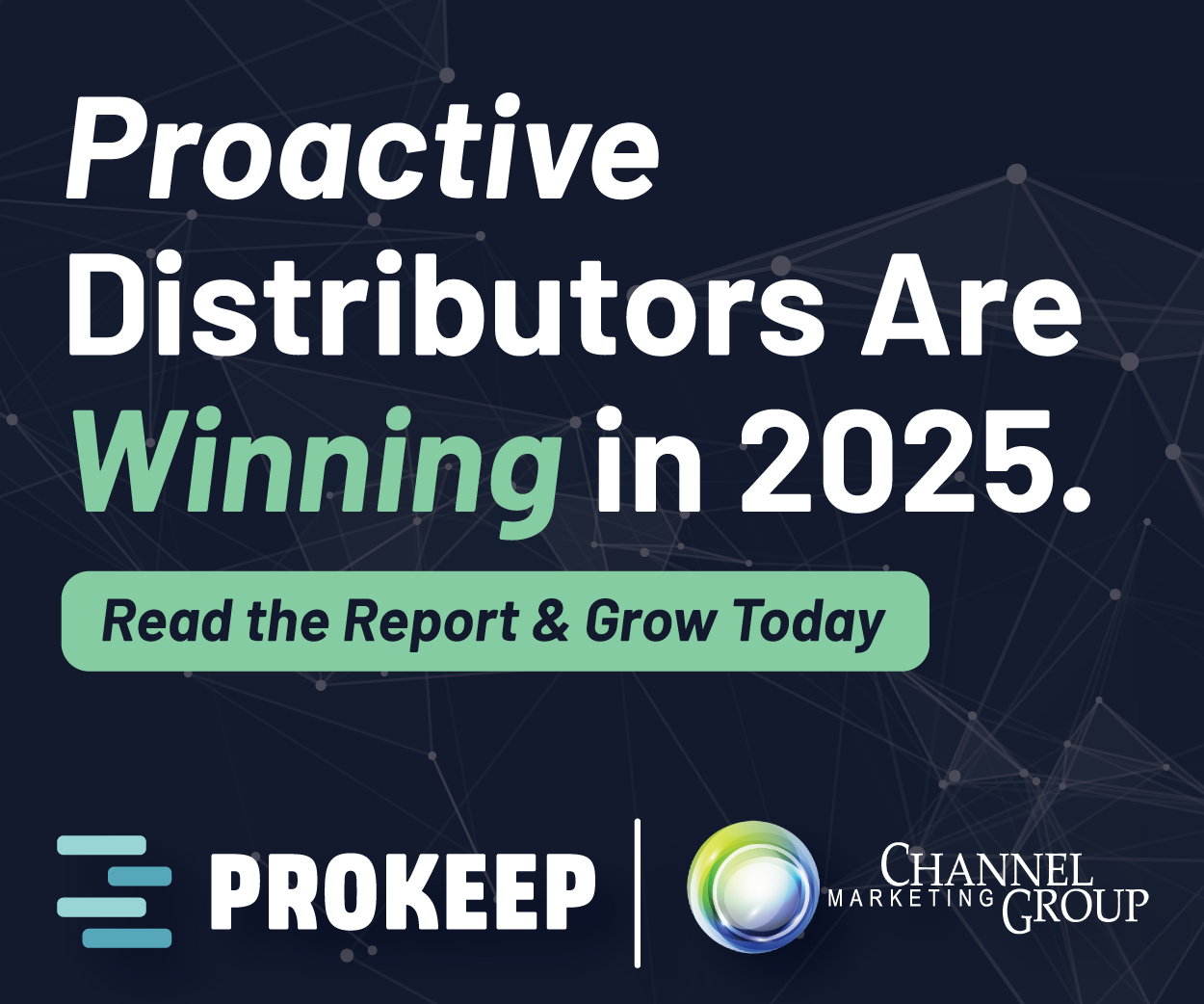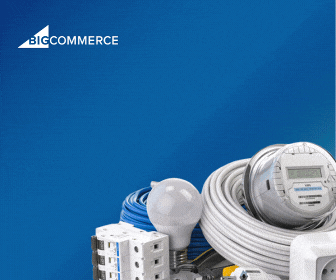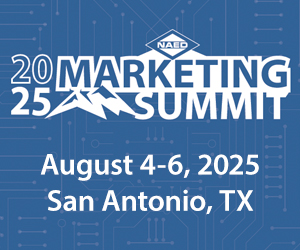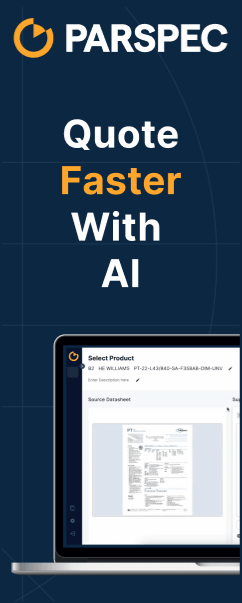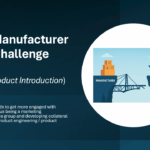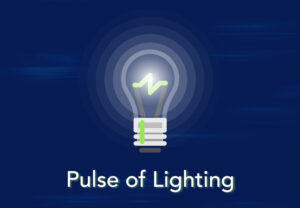New Product Introduction Challenge
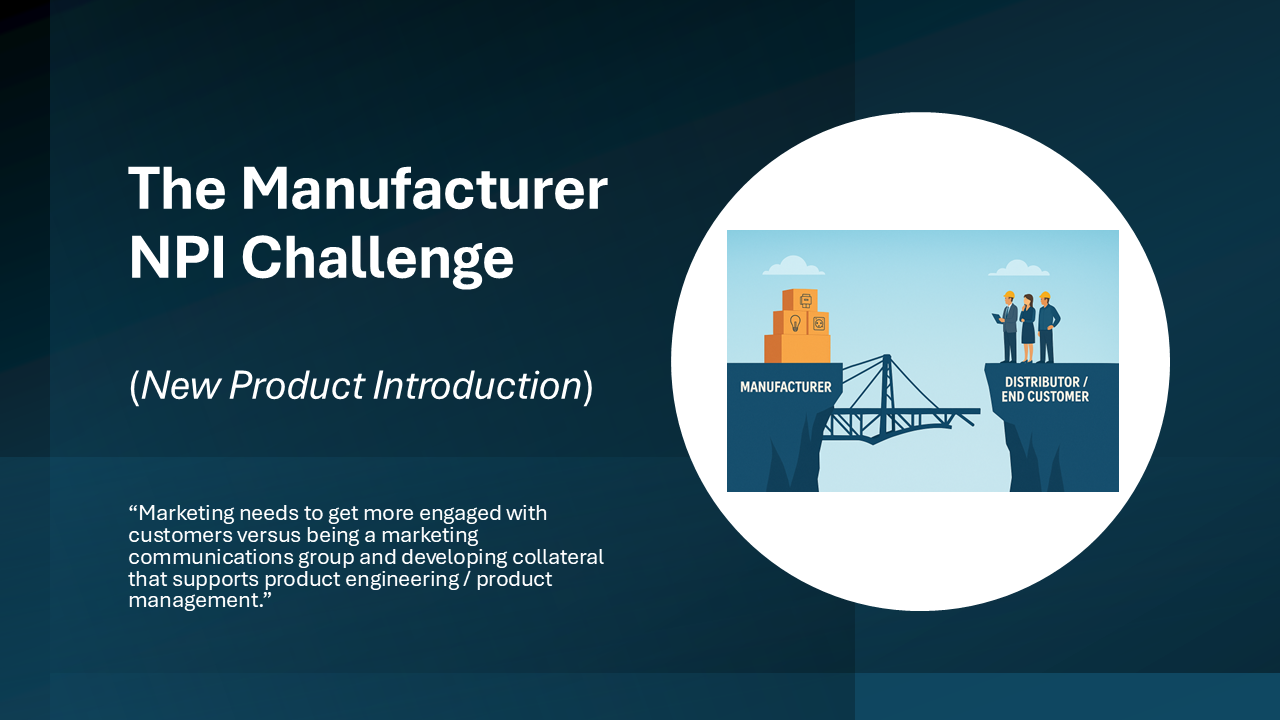 Recently we did a project for a manufacturer that was designed to solicit some Voice of the Customer input in preparation for a meeting. Since the meeting was an internal one, they wanted to understand what their staff was thinking.
Recently we did a project for a manufacturer that was designed to solicit some Voice of the Customer input in preparation for a meeting. Since the meeting was an internal one, they wanted to understand what their staff was thinking.
One of the questions related to new product introductions, and its corollary, new product development.
The company has a goal of x% of revenues should be derived from new products developed / introduced over the past 3 years. They track this on a rolling basis.
When we submitted the findings, the president said “One thing that jumped out at me is the NPI. I always hear, internally, about the importance of new products. I’m not surprised that the voice of the customer, based upon what our salespeople say, is otherwise.
He asked us “why?”
Now, do you remember the phrase that relates to speaking truth to power? When president’s ask a question, do they want the truth, or do they want the answer that they want … and in this case that answer could point the “blame” on the customer for not seeing the value?
As a consultant, at Channel Marketing Group we believe in sharing our expertise, experience, and research-based opinions.
I responded:
Frequently manufacturers do a poor job of marketing their new products. While they focus on the features and, hopefully, the benefits, they infrequently get to
- Why they developed the new product
- What “problem” it solved
- Who is the ideal customer / end-user market
- How it compares / competes vs the competition
- How to market / display / sell the product
And then, few provide the applicable marketing resources to help their distributors sell the product (inclusive of repetitive training … one-and-done rarely works as cannot get everyone to attend at the same time.) This also extends to a challenge in training their sales team (whether direct or manufacturer reps.)
Additionally, most manufacturers are not marketing the new product themselves to the end-user market to generate awareness or demand, nor do they hold their own sales team accountable to “promote.”
For many manufacturers, the perception is “the work is done when the product is produced.”
I hope this gives more of a perspective from the distributor viewpoint (and coincidentally, I had the same conversation yesterday with a lighting manufacturer in speaking about case studies and how to better position them as sales tools … since their “customers” (contractors and lighting specifiers / engineers) are really salespeople for the manufacturer as they are not the end-user.”
He was appreciated of the response as he sensed that the company was starting to drink its own KoolAid. He commented that his takeaway was that “marketing needed to get more engaged with customers versus being a marketing communications group and developing collateral that supports product engineering / product management.”
This same topic came up on two calls regarding lighting last week. As you may know, a service of Channel Marketing Group is US Lighting Trends (USLT).
USLT is a digital publication in the lighting space and reaches over 26,000 people.
I’ve noticed two issues:
- I receive product press releases from manufacturers and/or their PR firms. Inevitably they say “XYZ manufacturer is introducing ABC product, and it can do X.” It’s all wonderful. It is mostly fact-based.
The challenge is it does not say anything about the application, the target customer, the target market, what “void” in the market (or their product line) it fills.
Now, further, when I have commented on this with lighting agents and reps, they have shared that they receive the same information. They also do not receive any competitive positioning of the product … who does it compete against, why is this product “better,” “where / how” to sell it, what is the application, etc. Which begs the question, how are salespeople trained, and guided, to generate sales?
- The second issue is that when I receive these press releases, I frequently push back and offer to publish an article if they can answer “why the product was developed,” “what research was done / customer input received,” “what differentiates the product,” “what are the targeted applications,” etc. After all, I figure if we’re promoting the product to distributors, contractors, and lighting specifiers, all of whom are fractional salespeople for a manufacturer, maybe they would have more information to help them write an order (sell the product.) The end result, few respond with an article. It is work for them. They don’t know the information and don’t want to ask and/or admit they do not have the information.
So, what does it all mean?
- As manufacturers seek to increase sales, are they investing in voice of customer and a true product development process with a goal of differentiating their products and adding value or are they seeking line extension with undifferentiated products in the hopes of winning some share?
- If marketing doesn’t understand the “why,” can they develop proper material to communicate and train sales? Distributors? Capture customer interest.
- Does marketing want to do the work to understand the “why” or would it prefer to design collateral that only communicates features and the assumed benefits?
- How successful can NPI’s be if most, if not all, competitors in a space have the same thing? I understand needing a competitive offering but that is getting to “equal,” not to winning.
- And if you can’t market what you have manufactured, how will you generate long-term sales … why does “the customer” need your product vs what they currently use and/or your competitor.
If senior management is committed to NPI it needs to fund the entire process, not just the design and manufacturing / sourcing phase.
What do you see regarding the introduction of new products? Who does it well? What should be some of the “basic” issues addressed in an NPI strategy?







